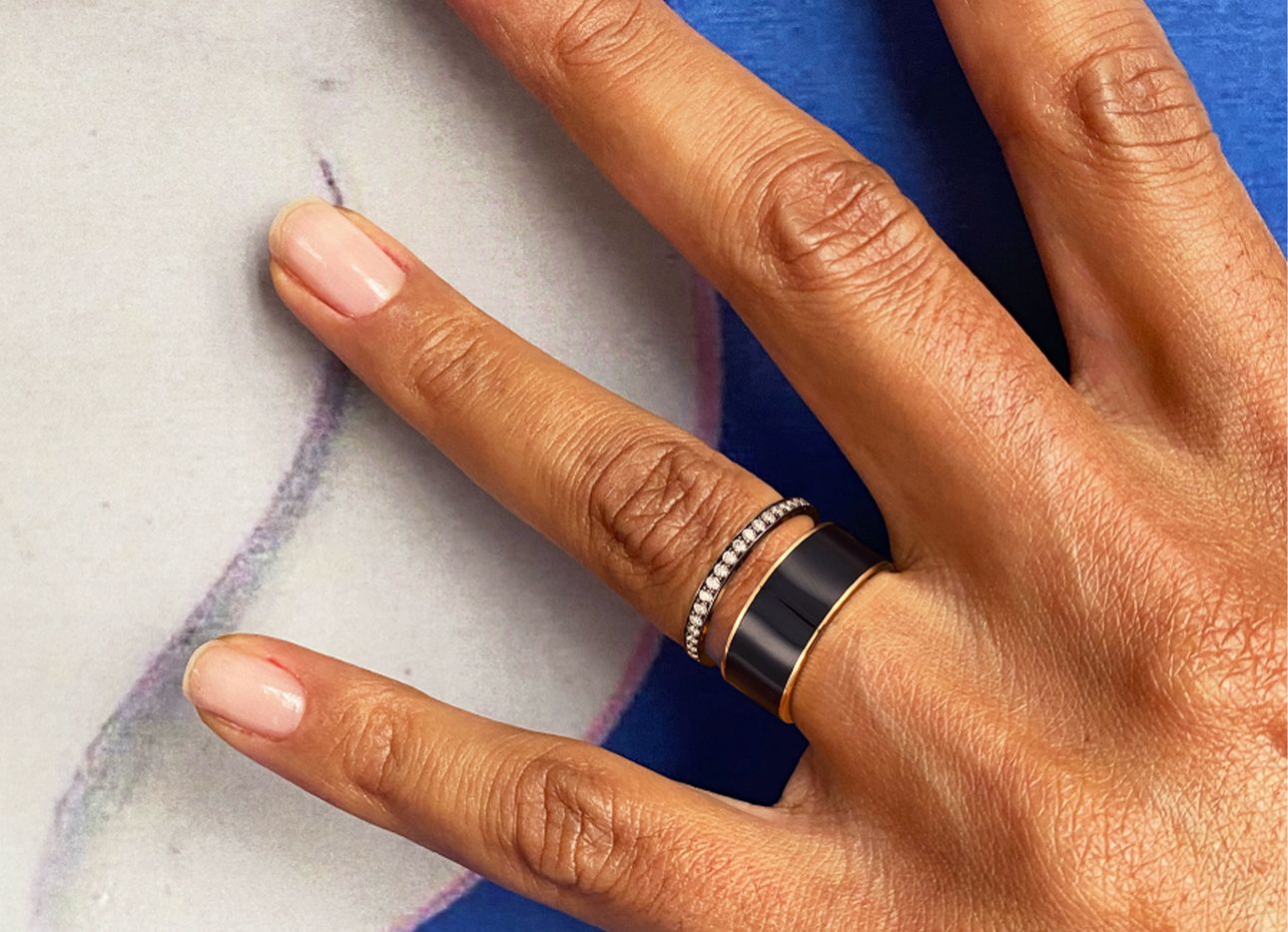
The Traditional African Tattoos That Continue to Inform Repossi’s Signature Jewelry Collection
“Berbere was the first design I did that had the ability to become a new classic,” Gaia Repossi says of her first collection for Repossi, the Paris-based jewelry house that was founded in Turin, Italy, by her grandfather in 1957. She debuted Berbere in 2011, four years after she became the artistic director of her family business at age 21, and its signature elements—architectural geometry, dynamic asymmetry, impeccable mirror polishing, and juxtaposition of fullness and space—have since become defining features of the house’s aesthetic, and have been expanded into some 200 designs in four shades of gold.
Berbere represents Repossi’s personal take on the multi-lined tattoos that are customarily inked on the hands and bodies of the nomadic Tuareg women, who are part of North Africa’s Berber people, to protect against evil, cure illnesses, or serve as a social marker. Repossi, who holds a master’s degree in archaeology, translated motifs derived from the ethnic group’s time-honored tradition into minimalistic jewelry. In doing so, she established a fresh, lighthearted version of the opulence for which the Repossi brand is known, and a new canon for how modern, avant-garde jewelry might look and feel.
To mark Berbere’s 10th anniversary, Repossi added colored lacquer to a new series of rings called Chromatic Cities. Each piece consists of the collection’s classic double band—connected under the finger and separated by the designer’s characteristic void—where a thin ring, set with pavé diamonds, hovers near a thick, lacquered ring in one of seven shades that represent the place where the accessory is sold. (A wine-colored version for Paris, and an electric-blue one for New York, were released this week, following editions for Tokyo, Miami, Monaco, Dubai, and London that were revealed earlier this year.) Another celebratory piece, the Berbere Chromatic 10 Years ring, comes in navy lacquer on rose gold, with the slimmer band in black gold and is lined with 38 stones.
Surveying Berbere’s growth over the years, what’s perhaps most striking is the collection’s adaptability: Its design language allowed Repossi to experiment with less conventional pieces, such as ear cuffs or rings made to be worn on two phalanges of a finger. In each piece, she remains true to Berbere’s origins and its wearable, second-skin sensibility, resulting in a design that will likely endure for many decades to come.